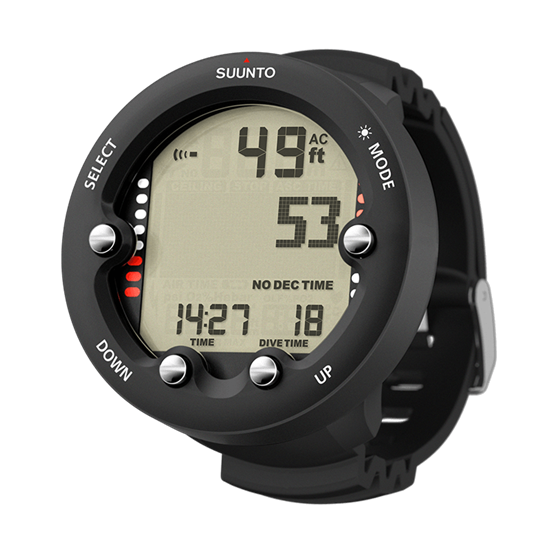What's Safety stop
A safety stop in scuba diving is a brief pause at a specific depth, typically around 15 feet (5 meters), during the ascent at the end of a dive. This stop allows the diver's body to off-gas accumulated nitrogen, reducing the risk of decompression illness. The safety stop is not always a mandatory decompression stop, but it is a prudent practice for recreational divers.
During the safety stop, divers remain motionless or conduct very slow ascents for a recommended time, often around 3 minutes. This period helps to release excess nitrogen from the body, especially after deeper or more extended dives. The safety stop is considered a preventive measure rather than a response to symptoms of decompression sickness.
Including a safety stop in the dive plan is a standard practice to enhance diver safety. Divers may use visual references, such as a safety stop marker or their dive computer, to maintain the correct depth. Properly executed safety stops contribute to safer and more enjoyable scuba diving experiences.
DIVE GEAR ONLINE SHOP

SUUNTO D6i
58,300 JPY
It can be used with YOKE and DIN regulators, and by removing the hexagonal adapter, it can be used with DIN regulators.
KHK is only stamped on cylinders and valves that meet the standards specified by the High Pressure Gas Safety Institute of Japan.

